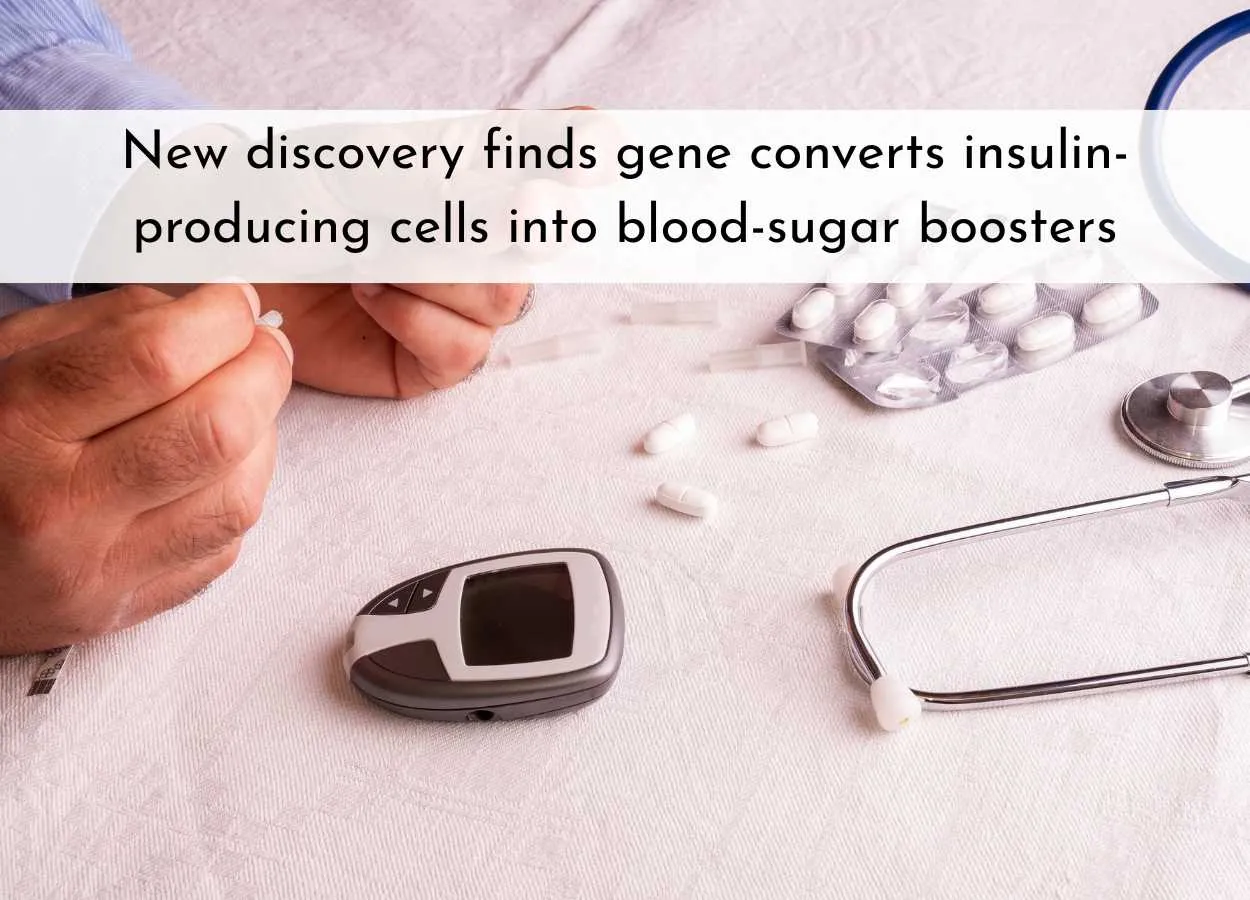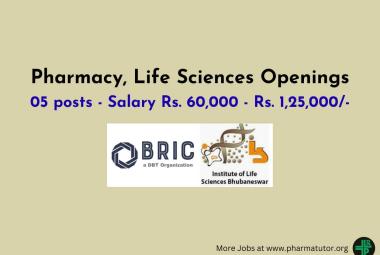Scientists at City of Hope®, one of the largest and most advanced cancer research and treatment organizations in the U.S., and a leading research center for diabetes and other life-threatening illnesses, have uncovered a gene called SMOC1 that plays a surprising role in the development of type 2 diabetes (T2D) by converting pancreatic cells that normally produce insulin into those that increase blood sugar.
The findings, published in Nature Communications, identify an important new therapeutic target for T2D and explain why insulin-producing cells in the pancreas often ebb in number with the disease.
Pancreatic islets are clusters of cells that produce and release hormones into the bloodstream. Beta cells make insulin that lowers blood sugar and alpha cells make glucagon that increases blood sugar. Preserving this hormonal balance is critical for regulating normal blood sugar levels. In T2D, some beta cells malfunction, forget their assigned job, and lose their unique traits. They start behaving more like alpha cells, making glucagon instead of insulin, causing dysregulation of blood sugar levels.
To unravel why beta cells suffer an identity crisis in T2D, City of Hope scientists used advanced RNA sequencing techniques to analyze individual islet cells from 26 people –– half with T2D and half without. The researchers sorted the cells into precise subgroups and mapped how one cell type transitioned into another over time.
The team discovered five distinct types of islet cells, each with its own trajectory and genetic signature.
“In healthy people, islet cells can mature in different directions – some become more like alpha cells, others like beta cells,” said lead author Adolfo Garcia-Ocaña, Ph.D., City of Hope’s Ruth B. and Robert K. Lanman Chair in Gene Regulation & Drug Discovery Research and chair of the Department of Molecular & Cellular Endocrinology. “But in type 2 diabetes, the path only goes one way: beta cells start imitating alpha cells. This shift may explain why insulin levels drop and glucagon levels rise in people with the disease.”
In healthy islets, some cells follow branching pathways that could lead to maturity as either alpha cells or beta cells, suggesting flexibility in cell identity. In diabetic islets, however, this fluidity was lost; beta cells converted only into alpha cells.
The researchers also identified ‘AB cells’ that produce both insulin and glucagon. This unusual discovery suggests these cells are able to evolve into either alpha or beta cells.
Of the 10 genes that showed consistent activity in cells transforming from beta to alpha identity, SMOC1 stood out as a central player. However, the protein it produces did not stay where it was supposed to.
“Normally, SMOC1 is active in healthy people’s alpha cells,” explained co-corresponding author Geming Lu, MD, Assistant Research Professor. “But we saw it start showing up in the diabetic beta cells, too. It should not have been there.”
SMOC1 activity in the wrong place led to undesirable consequences : insulin production dropped, the activity of genes shaping beta cell identity slowed to a standstill and beta cells displayed markers typical of immature or alpha cells. Taken collectively, these outcomes imply that SMOC1 expression in the beta cells reduces circulating insulin, leading to higher blood sugar levels, and offer scientists a better understanding of how T2D progresses.
“Our results indicate that SMOC1 drives beta cell dysfunction and the cells’ shift toward an alpha cell-like state,” said Dr. Garcia-Ocaña. “This helps explain why insulin levels fall and glucagon levels rise in people with type 2 diabetes.
So what is this mysterious gene and what does it do?
“The SMOC1 gene has barely been studied in diabetes,” explained Randy Kang, senior research associate. “The protein it encodes binds to growth factors that stimulate the development of tissues throughout the body. It also binds to calcium, which is required for insulin release. Based on these properties, we suspect SMOC1 strongly influences the differentiation and function of beta cells.”
The City of Hope findings suggest a plethora of exciting new approaches for the study, diagnosis and treatment of T2D:
• By mapping islet cell changes, scientists can explore ways to reverse or prevent harmful transitions before they upset blood sugar control.
• Using SMOC1 as a diagnostic biomarker for beta-cell malfunction in T2D.
• Blocking SMOC1 or reversing its effects may offer new strategies to protect healthy beta-cell function and enhance insulin production in people with diabetes.
• Recognizing that some cells can switch types opens the door to cell-reprogramming therapies that could restore insulin production.
• Understanding the flexibility of AB cells and their trajectory dynamics could open avenues for new regenerative therapies.
In future studies, the researchers will explore how SMOC1 expression occurs in beta cells in T2D, what regulates it, how they can control its expression, and potential agents that block SMOC1 activity.








